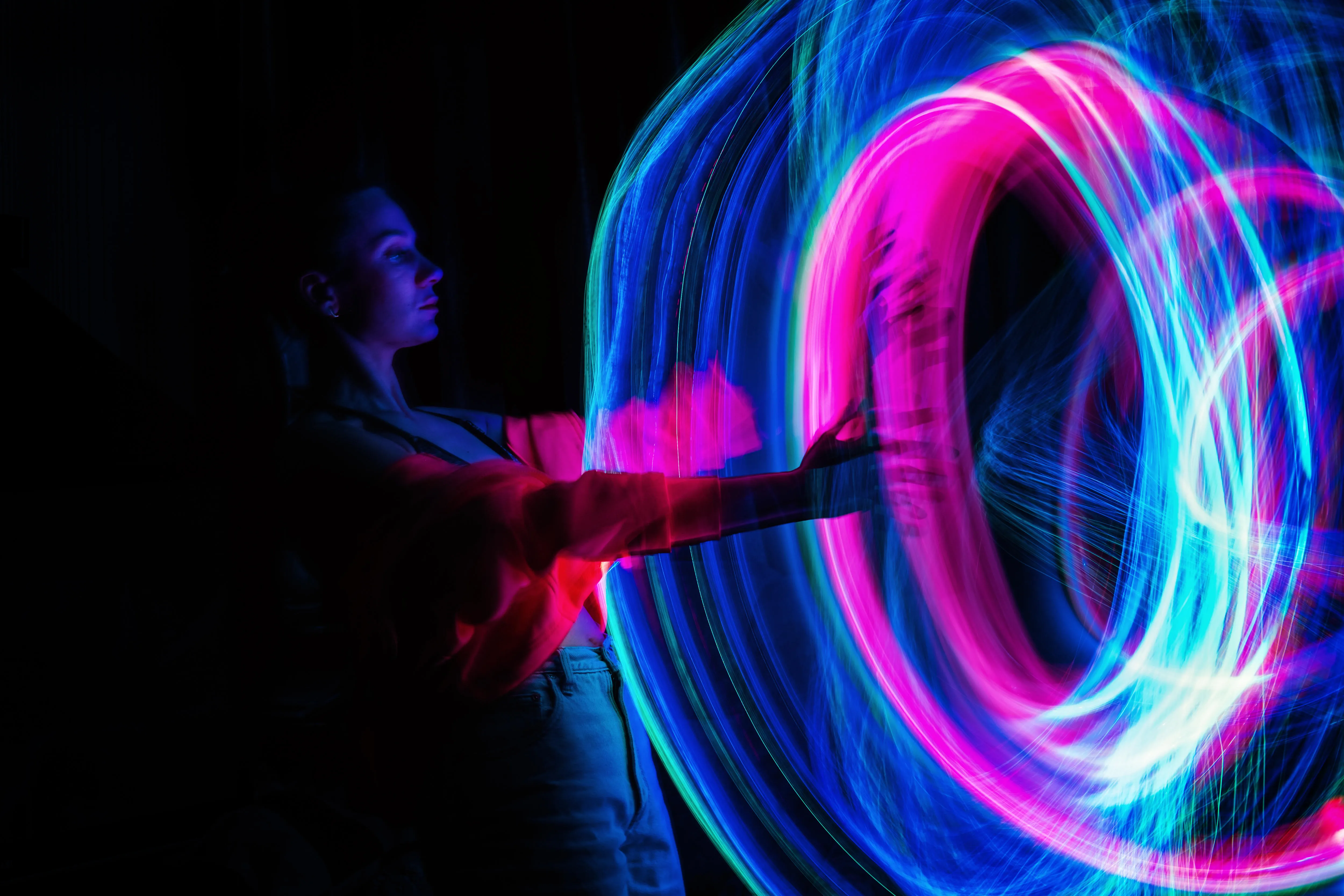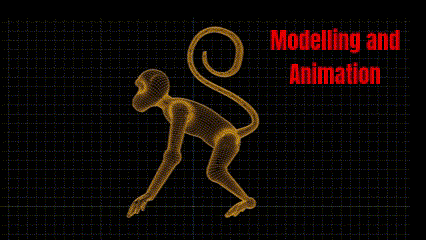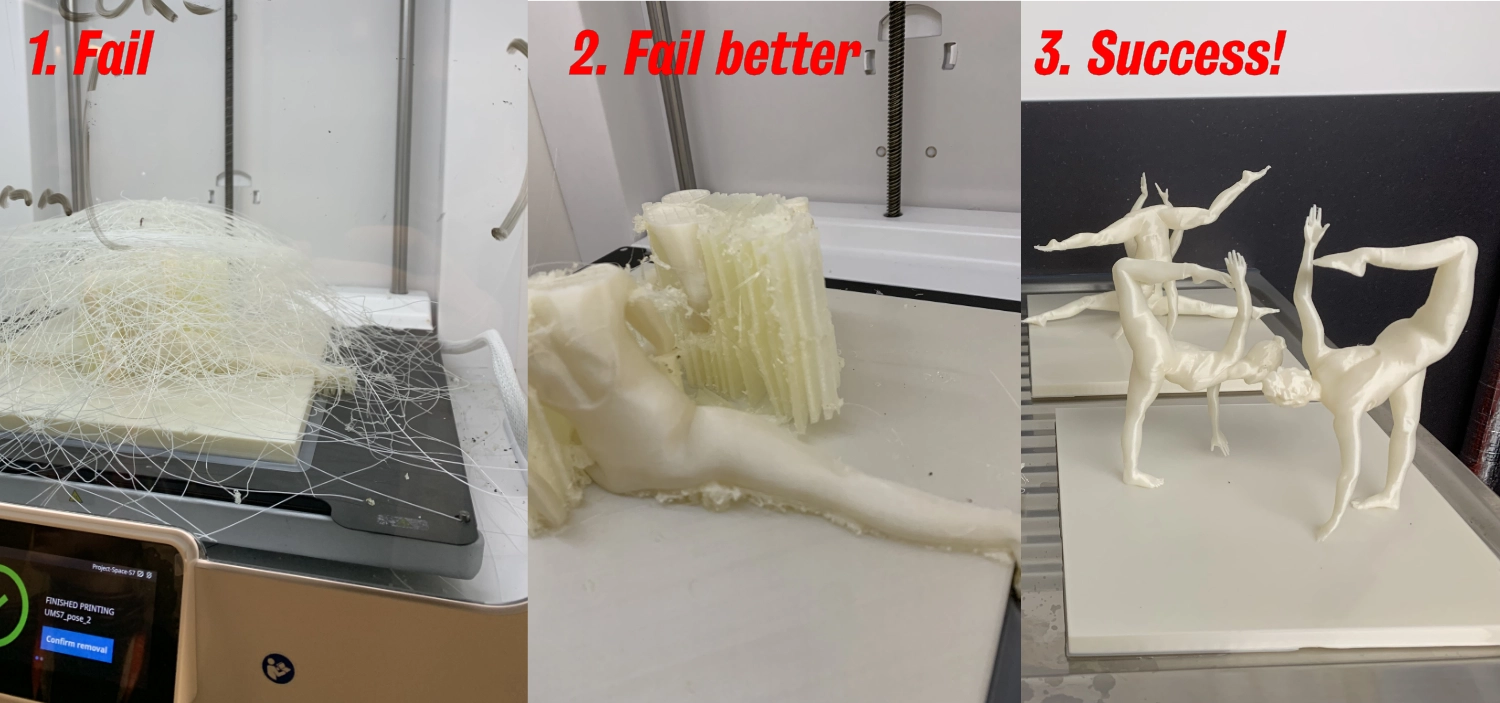Empowering Artistic Innovation

Authors: Neil Jakeman and Elliott Hall
GLoW3 is a new exhibition celebrating and highlighting the contributions of women, trans and non-binary innovators in emerging media. A recurring feature of the many professional stories we encounter is the extent to which groundbreaking work is freely appropriated when a commercial potential is identified, leaving innovators feeling disenfranchised and obscuring the instrumental roles they have played at formative times of technological change. Recently launched (March 11, 2024) in Bush House Arcade, GLoW3 showcases both new artworks and legacy pieces which map key points in the history of digital immersive media over the last four decades. The exhibition is complemented by events and panels over the next few weeks and has been organised and curated by Professor Sarah Atkinson as one part of a fellowship award.
We were pleased to support this initiative in several ways, most directly through working as Creative Technologists for the four artist residencies funded through the project. We have an active Digital Creativity research theme in the Lab and the opportunity to flex our creative muscles in the service of an important project like GLoW3 was a wonderful opportunity.
The four artists we have been working with are from very different practice backgrounds and have differing levels of exposure to, and familiarity with, digital creative tools. This umbrella term ‘digital creativity’ could do with some clarification here. The artists’ works included combinations of:
- Generative Artificial Intelligence
- Augmented and Extended reality experiences
- Physical 3D printing
- Digital 3D modelling and animation
- Volumetric light design
- Spatial sound
Early in the project, we looked at techniques in motion capture, volumetric capture, high-end VR, and new twists on classic deceptions such as the Pepper’s Ghost illusion (all these courtesy of the University of Nottingham’s Virtual and Immersive Production Studio). The artists came to the residencies at different stages in their creative processes – some already had a clearly defined idea of what they wanted to do, while others had just started developing their concepts – so we wanted to give them access to as many tools and ideas as we could.
Our challenge was to adapt our working practices to suit the unique needs of artistic collaboration. Although KDL has accumulated a portfolio of digital creative work through research and personal projects, a direct and reciprocal collaboration with artists is more unusual for us. Having two lab members specialising in these production pipelines, in the supportive context of a faculty research lab is a valuable asset. However, our resources only retain that value from a rich seam of industry partnerships that help us stay relevant and useful to our research partners.

We interpreted our creative technologist roles to be a blend of private tutor, personal assistant, sounding board, and apprentice. Expanding on this analogy, we offered, and received in turn -
- technical instruction where it was needed, often researching new technologies and experimenting to the point where we felt confident in offering sound guidance
- occasionally taking on some of the responsibility of manifesting the artists’ respective visions – perhaps through coding or 3D modelling
- on-site testing for the artists who were remotely located
- learning from the artists’ creative processes and the technical and artisanal skills they brought
- consolidating prototype work to make it operate at scale and on different platforms
In some ways our existing management approach for research projects could be mapped directly onto artistic projects, but the priorities might be very different. With Agile, development priorities are central to the allocation of resources. Typically, we prioritise requirements as “Must Have”, “Should Have”, “Could Have”, and “Won’t Have” (the MoSCoW system). This is just one way of expressing a Minimum Viable Research Product in terms of the relative importance of all other requirements, from “essential” to “very useful” to “merely cosmetic”. Sometimes the outputs can’t be evaluated as adequate until they are produced and placed in their display context. It is therefore feasible that the outputs produced within the constraints of a budget never match the artistic ideal. How would this sit with the artist potentially left isolated with a partial work that they lack the technical skills or resources to complete? We suggest that intellectual and creative progress has been achieved in this scenario, even if some aspirations were out of reach; both the artist and the technologist have come to understand more about each other’s practice and can collaborate more effectively in the future. The digital research agenda has still been advanced.
Making adjustments
Ok, so in the GLoW3 context we juggled the priorities differently. But does that break the process? We also needed to think about iteration and deployment – another process central to our normal working practices. In a research project, we develop, deploy, review and iterate. Resources are consumed and we adjust our priorities and expectations to make best use of the resources as they became scarcer. In a Creative Technologist role, we can do much the same, but we also need to consider that the “hard deliverables” are more abstract and subjective in nature. Contingency planning is a challenge in any project, and the open-ended nature of artistic outputs exacerbates this challenge. With most physical outputs, for example 3D prints, there is no way to hot fix a failed job. Prints might take days to run and fail at the last hurdle. A material might react badly to post-processing or deteriorate under the lights of a display cabinet or through excessive handling. This is a very specific example, but it underlines the need to fail fast and early to remedy issues. In the case of 3D printing, we created small scale samples to check viability, before moving onto larger, more detailed prints, only then running into issues with print capacity. We could then refactor the models to print in multiple parts and outsource some jobs to units with more suitable equipment, but all this takes time to discover.

Alongside these practical challenges and the development work was a subtler challenge; that of facilitating and enabling the instincts of the artists whilst sensitively observing creative boundaries, i.e. treading a line between assisting and interfering, or suggesting versus imposing. To be an effective collaborator, creative technologists need to be technical and creative at the same time, to bridge the tricky conceptual gaps inherent in this kind of work.
Experimental digital research is difficult for independent artists to do in terms of financing and developing skills on their own, but they are exactly the type of people that will move the use of digital tools forward from interesting tech demos to tools of storytelling. This evolution was a theme throughout the GLoW3 exhibition, showing how early artistic experiments by pioneers laid the foundations for whole XR industries later. This is precisely why the lab is doing more of this work, not just as a skunkworks with creative industry partners, but also being part of a network that both the artists and we, as creative technologists, can draw upon to co-create and experiment together.
